At this point, signs are universal, ubiquitous, and just plain utterly everywhere. You could joke that they are so everywhere that you can’t even run away from it here. But that’s not a bad thing as everyone likes a good laugh. Fortunately, there’s another page out there that deals in signs and this time it’s Funny Signs™ on X. No introduction or direction (ba-dum-ts) necessary at this point, scroll on, dear Pandas! #1 Image credits: HilariousSigns #2 Image credits: HilariousSigns #3 Image credits: HilariousSigns So, there’s an X page called Funny Signs™ that deals in exactly what you would expect at this point—funny signs. It is said to be the original funny sign account on the platform, having been created in May of 2013, back when the internet was just beginning to house what we take for granted sometimes these days, and that’s meme pages. #4 Image credits: HilariousSigns #5 Image credits: HilariousSigns #6 Image credits: HilariousSigns Across the myriad of sign posts that we’re covered so far, we’ve already discussed the ins and outs (and overs and unders and any other physical positions described with prepositions) of signs. But you’ll probably be surprised to learn that the concept of a sign is so big, Wikipedia prompts for a list of redirections rather elaborating on it in a single article. #7 Image credits: HilariousSigns #8 Image credits: HilariousSigns #9 Image credits: HilariousSigns Without going overboard, there’s astrological signs, sign language, gang signs, tracking signs (as in footprints and just general indicators of something), signboards, religious signs, mathematical signs, medical signs (i.e. symptoms), signs as meaning as per semiotics, as well as traffic signs, commercial signage and information signs that you know all too well from these lists and real life. #10 Image credits: HilariousSigns #11 Image credits: HilariousSigns #12 Image credits: HilariousSigns You’d think sign as a word would have the most meanings, but, alas, no. That title belongs to the word set. But I digress. Anywho, the most meta thing about signs is probably it being described as a unit of meaning in semiotics, which is all about studying signs, their processes and what they communicate. #13 Image credits: HilariousSigns #14 Image credits: HilariousSigns #15 Image credits: HilariousSigns Without getting super nerdy, key concepts in semiotics are the signifier and the signified. The first one is the physical form or the sound a sign makes that we interpret using our senses. The second is the concept or idea of what this physical form is trying to convey. This is very useful in things like marketing and business analysis. #16 Image credits: HilariousSigns #17 Image credits: HilariousSigns #18 Image credits: HilariousSigns As an example, we can consider one of the signs found on the X page: Subway had one of those text billboards saying that its subs don’t implode. On the surface, as the signifier, it’s just just a jumble of meaningful characters used by a language. But the signified is what it spells out, the words and their literal meanings, but also the actual bit of context it pertains to, i.e. the catastrophic Titan implosion—context that is a must to understand what the restaurant was getting at. #19 Image credits: HilariousSigns #20 Image credits: HilariousSigns #21 Image credits: HilariousSigns Understanding signs comes naturally to us without the need for formal education on semiotics. But it helps to understand how such information has to be interpreted. As mentioned previously, semiotics is a big deal with commerce, especially in things like collecting big data on how, why, when and where consumers consume and what it actually means. #22 Image credits: HilariousSigns #23 Image credits: HilariousSigns #24 Image credits: HilariousSigns And while everyone can follow simple directions—actually, something traffic signs aim to do with how simple they are—not all signs are easily understood. The fact that there might be a no bicycle parking sign in a place where people don’t want bicycles to be parked doesn’t mean people will stop parking there. In that case, semiotics dive deeper into understanding why it happens at all, despite the prohibition. #25 Image credits: HilariousSigns #26 Image credits: HilariousSigns #27 Image credits: HilariousSigns And reading these sort of hidden, subtle signs inside of signs is what semiotics is all about. Thus, we circle back to the signs in this listicle: each can’t be taken at face value, but rather with the surroundings it’s in, the contexts it touches upon and what it means beyond the words. And it’s this kind of subtle signage that keeps us laughing and often coming back to sign pages. #28 Image credits: HilariousSigns #29 Image credits: HilariousSigns #30 Image credits: HilariousSigns So, what are your thoughts on any of this? Found any funny signs in your area lately? Share them in the comment section below! And if sharing isn’t your thing, then maybe scrolling similar funny sign topics is? #31 Image credits: HilariousSigns #32 Image credits: HilariousSigns #33 Image credits: HilariousSigns #34 Image credits: HilariousSigns #35 Image credits: HilariousSigns #36 Image credits: HilariousSigns #37 Image credits: HilariousSigns #38 Image credits: HilariousSigns #39 Image credits: HilariousSigns #40 Image credits: HilariousSigns 40 Chucklesome Signs That Ended Up Online To Bring A Good Laugh
At this point, signs are universal, ubiquitous, and just plain utterly everywhere. You could joke that they are so everywhere that you can’t even run away from it here. But that’s not a bad thing as everyone likes a good laugh.
Fortunately, there’s another page out there that deals in signs and this time it’s Funny Signs™ on X. No introduction or direction (ba-dum-ts) necessary at this point, scroll on, dear Pandas!
#1

Image credits: HilariousSigns
#2
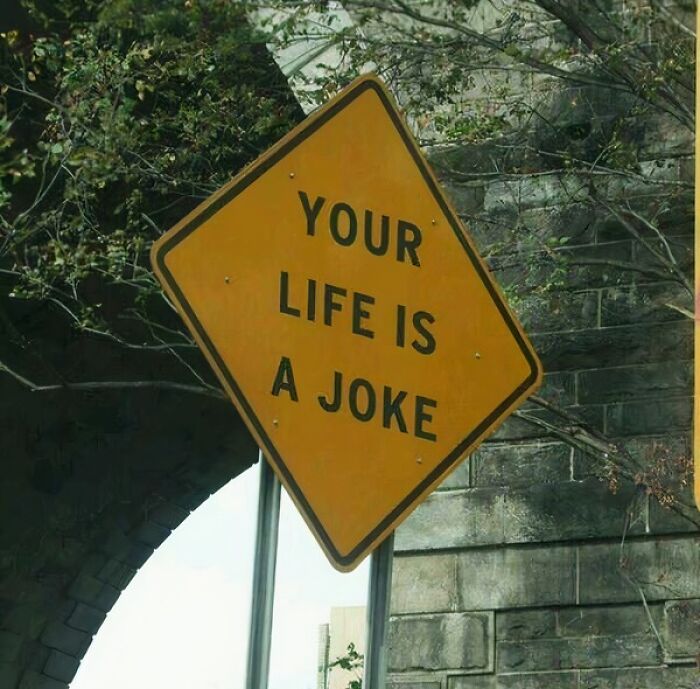
Image credits: HilariousSigns
#3
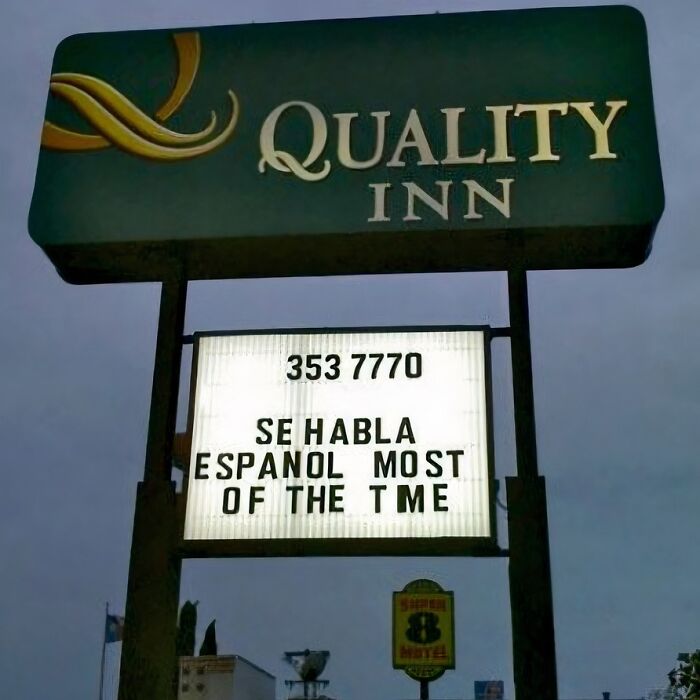
Image credits: HilariousSigns
So, there’s an X page called Funny Signs™ that deals in exactly what you would expect at this point—funny signs. It is said to be the original funny sign account on the platform, having been created in May of 2013, back when the internet was just beginning to house what we take for granted sometimes these days, and that’s meme pages.
#4

Image credits: HilariousSigns
#5
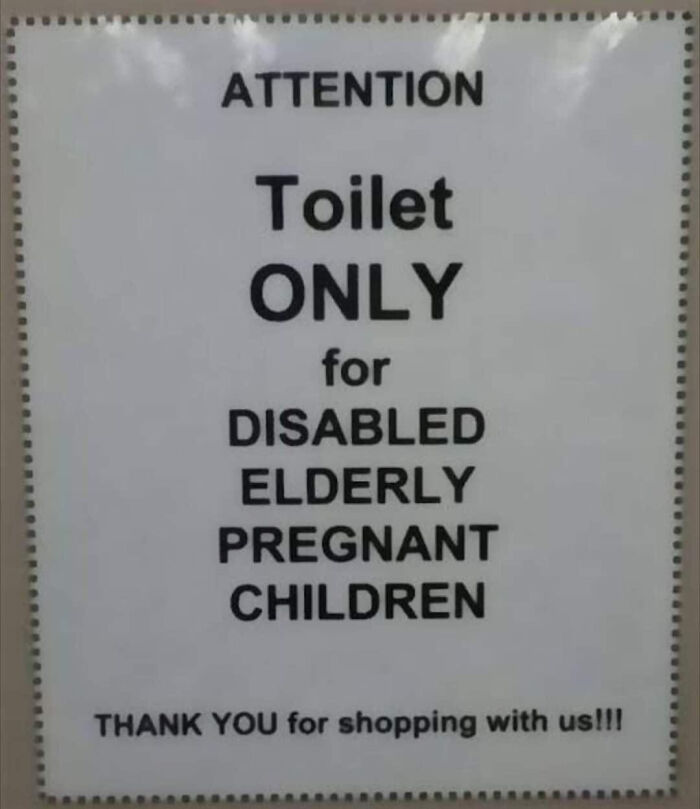
Image credits: HilariousSigns
#6

Image credits: HilariousSigns
Across the myriad of sign posts that we’re covered so far, we’ve already discussed the ins and outs (and overs and unders and any other physical positions described with prepositions) of signs. But you’ll probably be surprised to learn that the concept of a sign is so big, Wikipedia prompts for a list of redirections rather elaborating on it in a single article.
#7

Image credits: HilariousSigns
#8
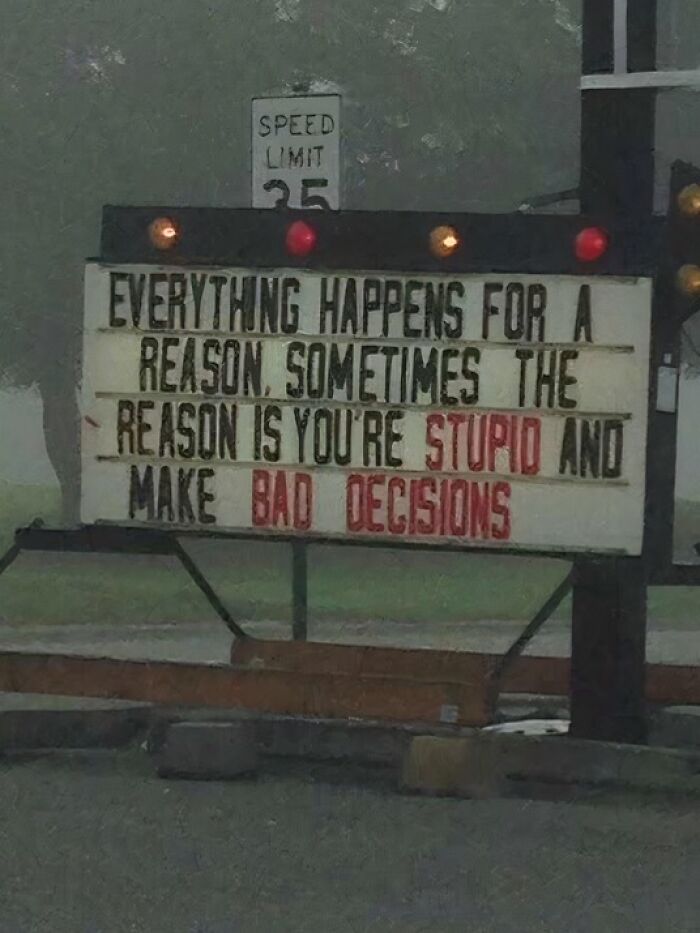
Image credits: HilariousSigns
#9
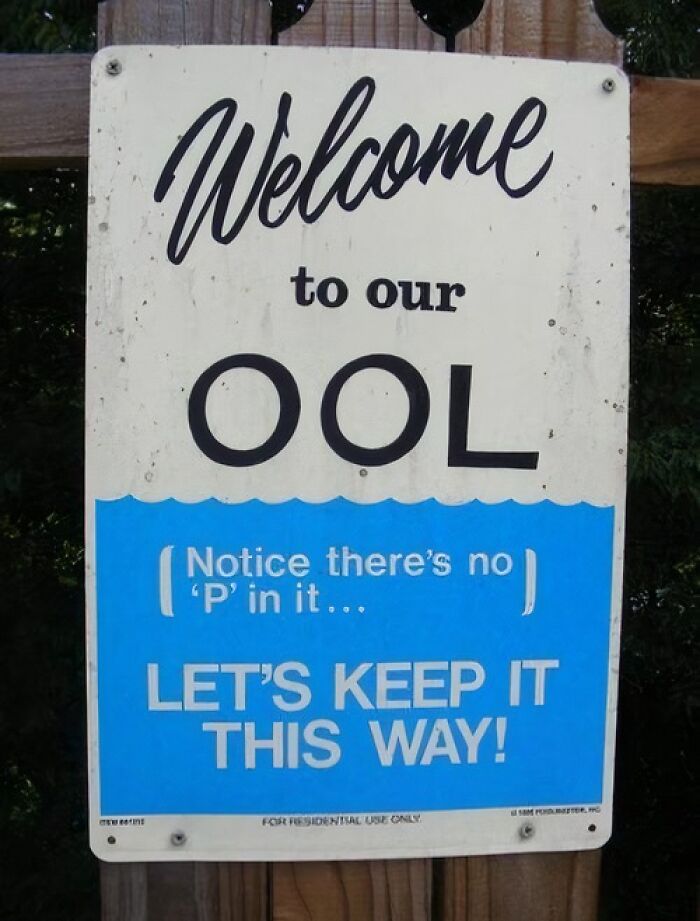
Image credits: HilariousSigns
Without going overboard, there’s astrological signs, sign language, gang signs, tracking signs (as in footprints and just general indicators of something), signboards, religious signs, mathematical signs, medical signs (i.e. symptoms), signs as meaning as per semiotics, as well as traffic signs, commercial signage and information signs that you know all too well from these lists and real life.
#10
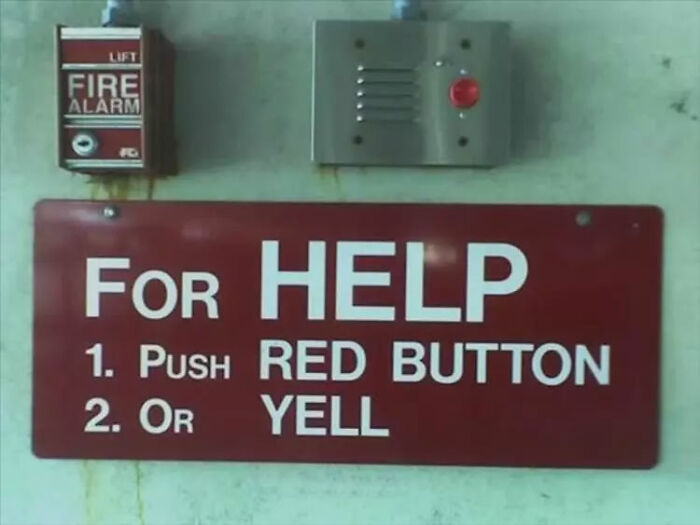
Image credits: HilariousSigns
#11

Image credits: HilariousSigns
#12
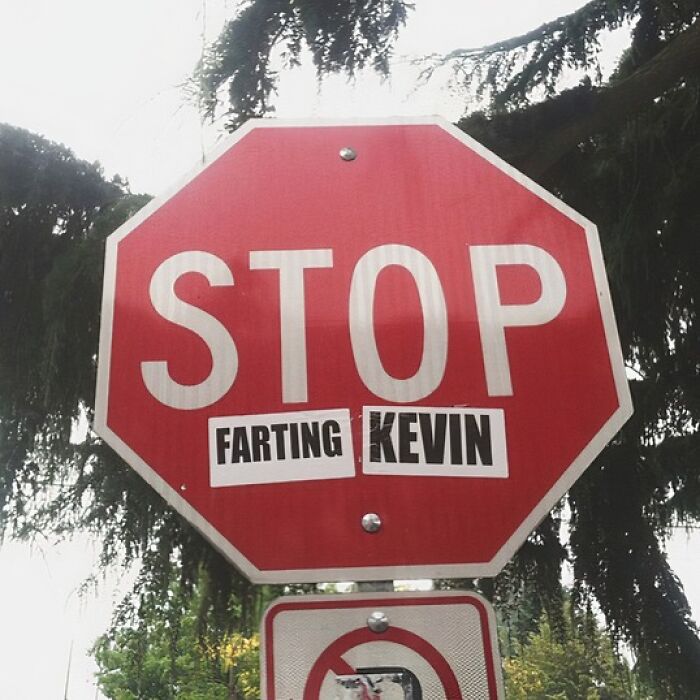
Image credits: HilariousSigns
You’d think sign as a word would have the most meanings, but, alas, no. That title belongs to the word set. But I digress.
Anywho, the most meta thing about signs is probably it being described as a unit of meaning in semiotics, which is all about studying signs, their processes and what they communicate.
#13

Image credits: HilariousSigns
#14

Image credits: HilariousSigns
#15

Image credits: HilariousSigns
Without getting super nerdy, key concepts in semiotics are the signifier and the signified. The first one is the physical form or the sound a sign makes that we interpret using our senses. The second is the concept or idea of what this physical form is trying to convey. This is very useful in things like marketing and business analysis.
#16

Image credits: HilariousSigns
#17

Image credits: HilariousSigns
#18
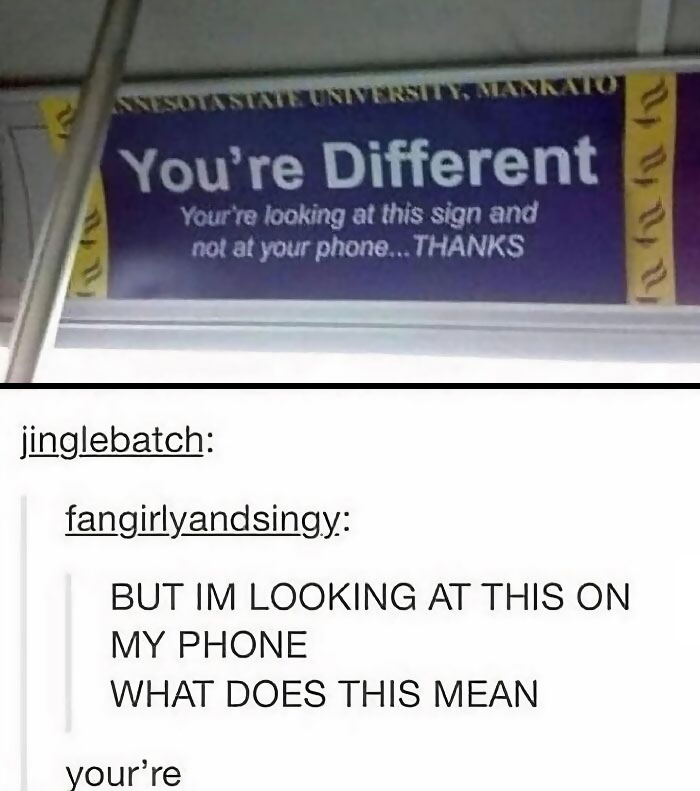
Image credits: HilariousSigns
As an example, we can consider one of the signs found on the X page: Subway had one of those text billboards saying that its subs don’t implode. On the surface, as the signifier, it’s just just a jumble of meaningful characters used by a language. But the signified is what it spells out, the words and their literal meanings, but also the actual bit of context it pertains to, i.e. the catastrophic Titan implosion—context that is a must to understand what the restaurant was getting at.
#19
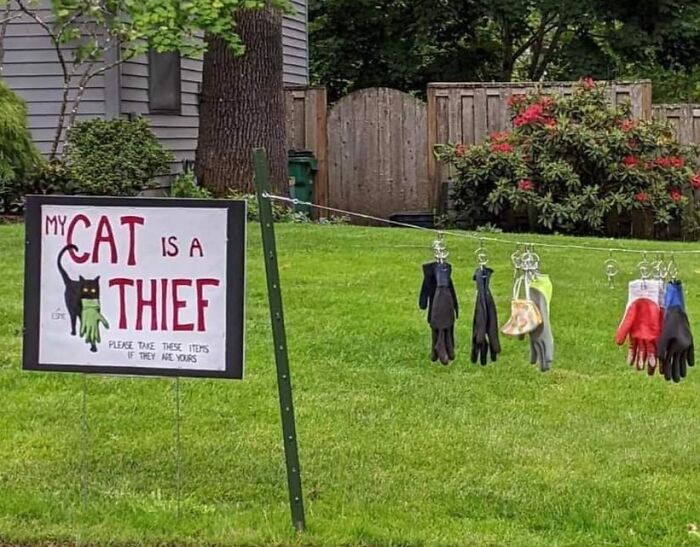
Image credits: HilariousSigns
#20
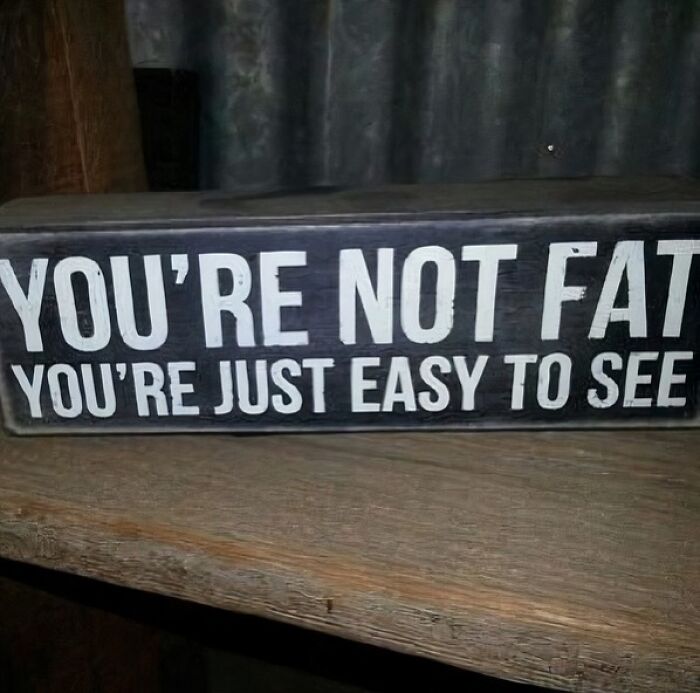
Image credits: HilariousSigns
#21

Image credits: HilariousSigns
Understanding signs comes naturally to us without the need for formal education on semiotics. But it helps to understand how such information has to be interpreted.
As mentioned previously, semiotics is a big deal with commerce, especially in things like collecting big data on how, why, when and where consumers consume and what it actually means.
#22

Image credits: HilariousSigns
#23
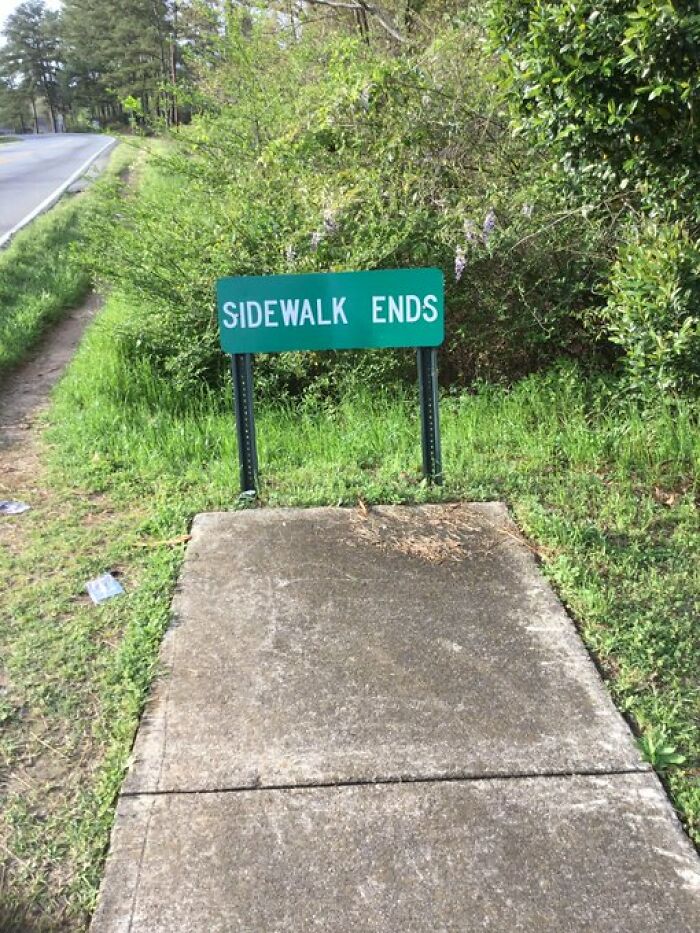
Image credits: HilariousSigns
#24
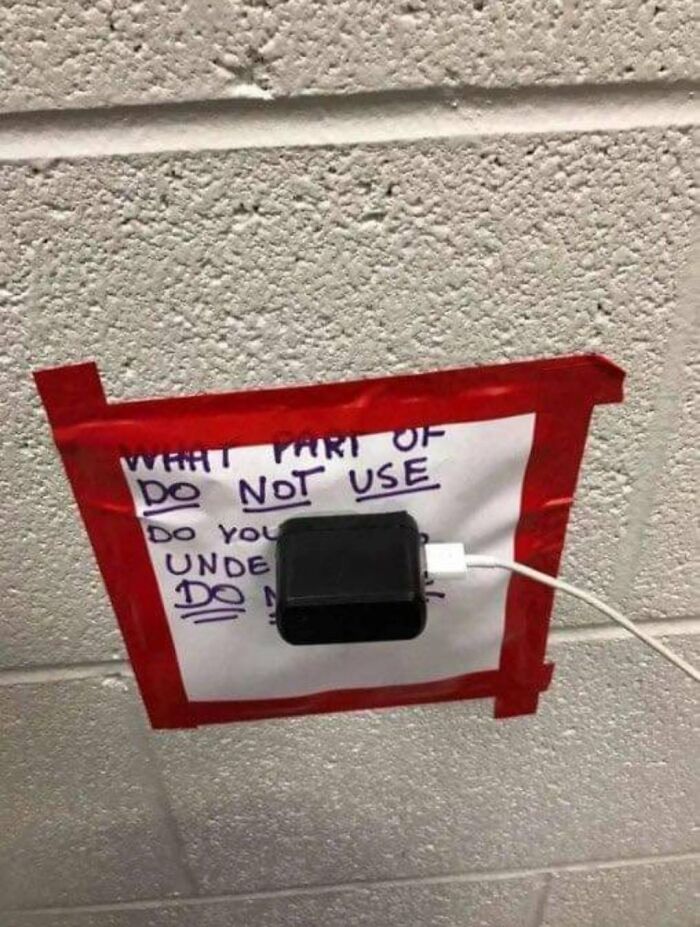
Image credits: HilariousSigns
And while everyone can follow simple directions—actually, something traffic signs aim to do with how simple they are—not all signs are easily understood.
The fact that there might be a no bicycle parking sign in a place where people don’t want bicycles to be parked doesn’t mean people will stop parking there. In that case, semiotics dive deeper into understanding why it happens at all, despite the prohibition.
#25

Image credits: HilariousSigns
#26
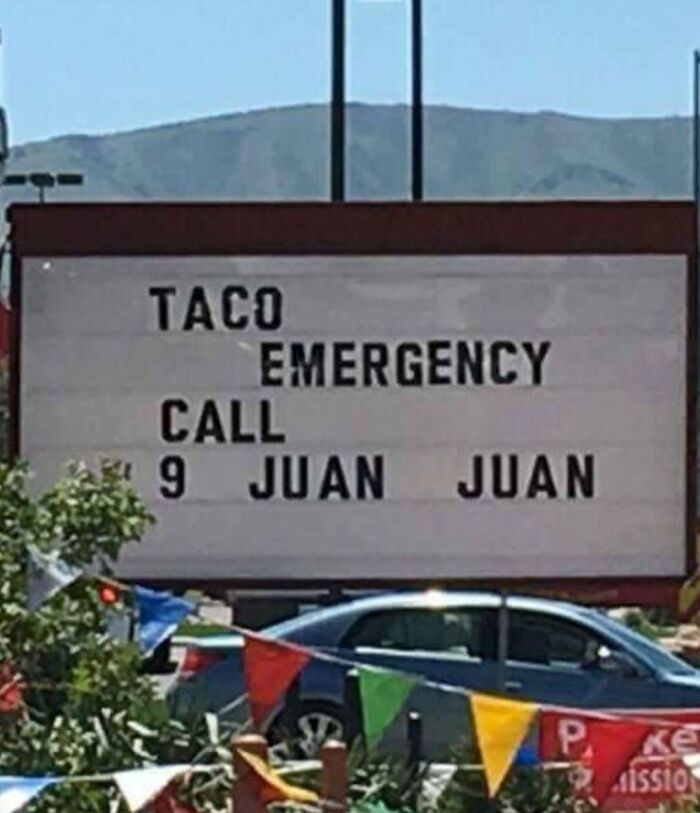
Image credits: HilariousSigns
#27

Image credits: HilariousSigns
And reading these sort of hidden, subtle signs inside of signs is what semiotics is all about. Thus, we circle back to the signs in this listicle: each can’t be taken at face value, but rather with the surroundings it’s in, the contexts it touches upon and what it means beyond the words. And it’s this kind of subtle signage that keeps us laughing and often coming back to sign pages.
#28

Image credits: HilariousSigns
#29

Image credits: HilariousSigns
#30
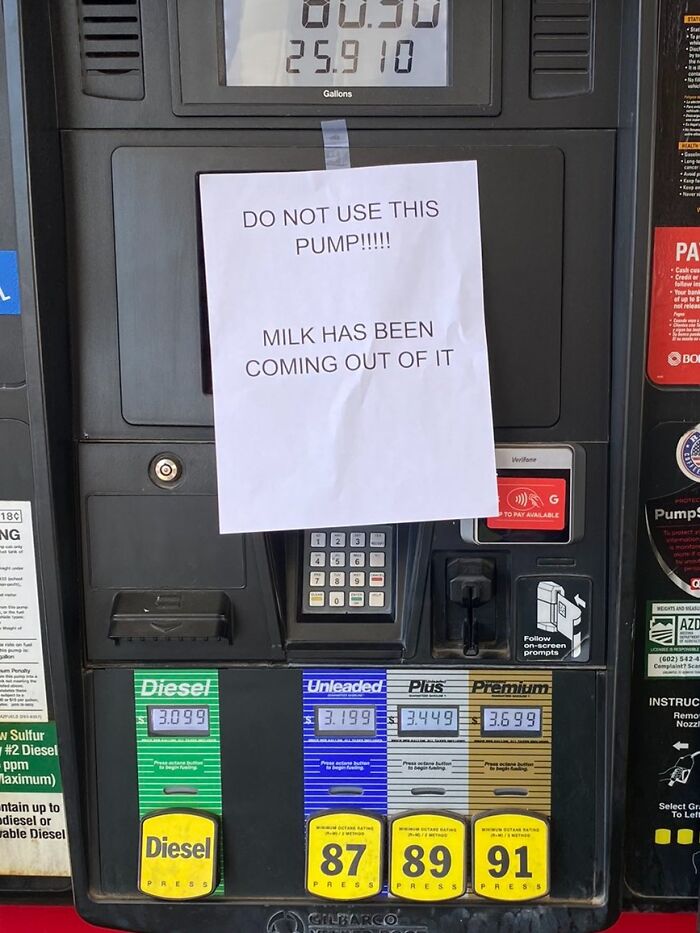
Image credits: HilariousSigns
So, what are your thoughts on any of this? Found any funny signs in your area lately? Share them in the comment section below!
And if sharing isn’t your thing, then maybe scrolling similar funny sign topics is?
#31
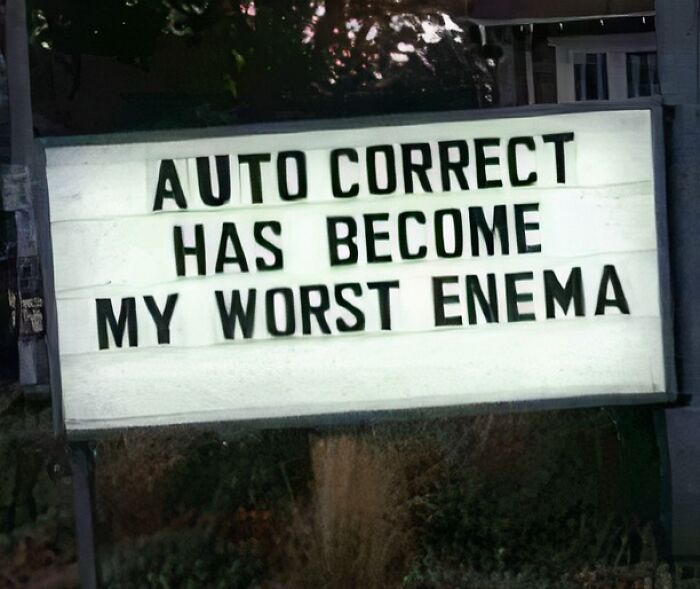
Image credits: HilariousSigns
#32
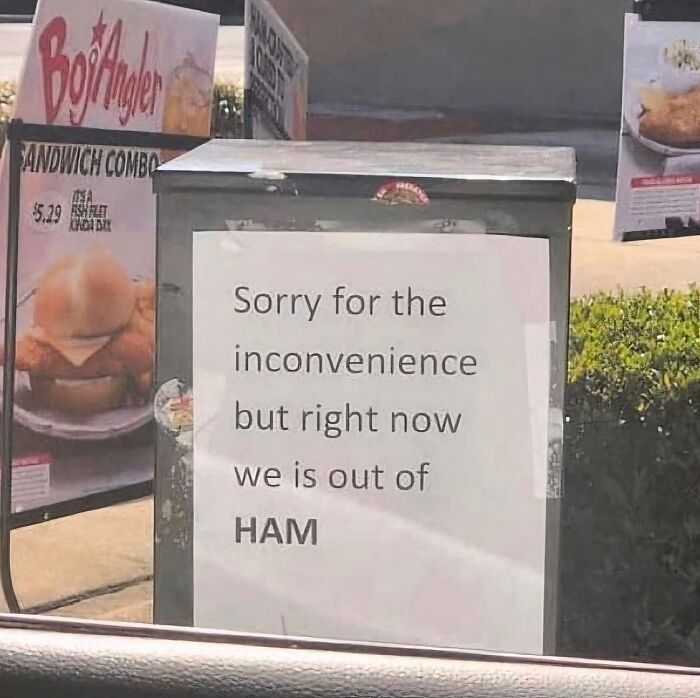
Image credits: HilariousSigns
#33
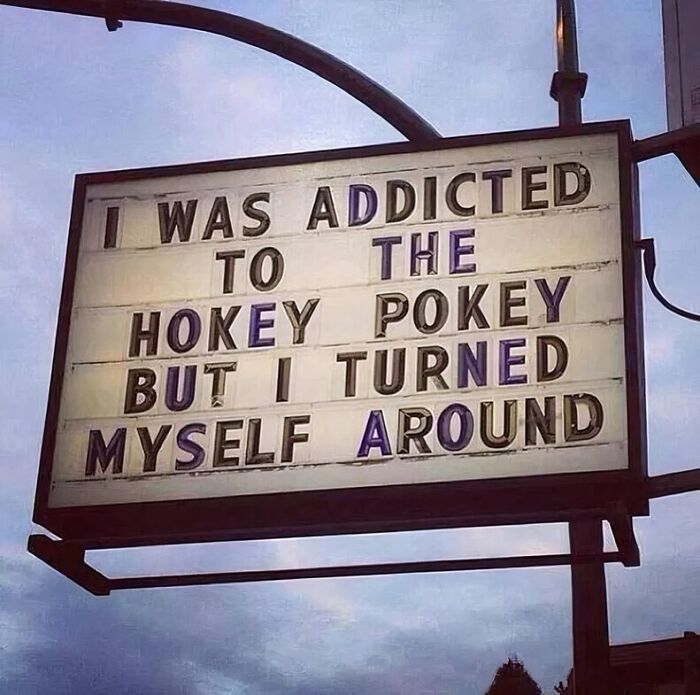
Image credits: HilariousSigns
#34

Image credits: HilariousSigns
#35
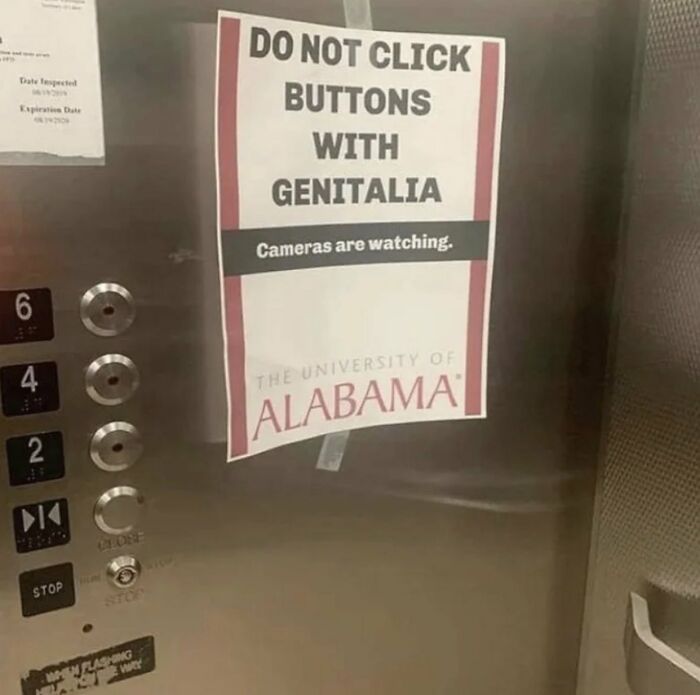
Image credits: HilariousSigns
#36

Image credits: HilariousSigns
#37
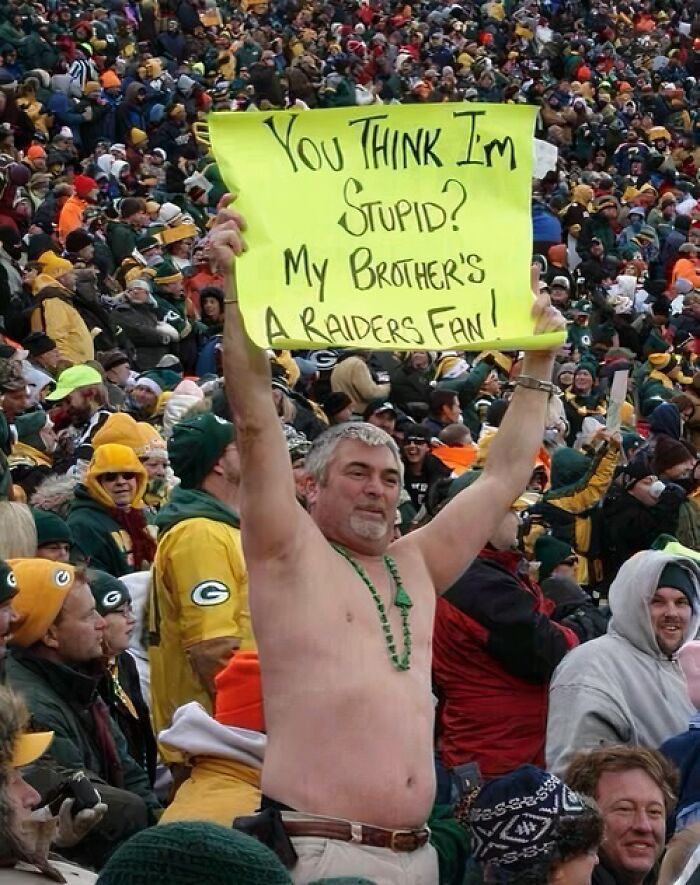
Image credits: HilariousSigns
#38
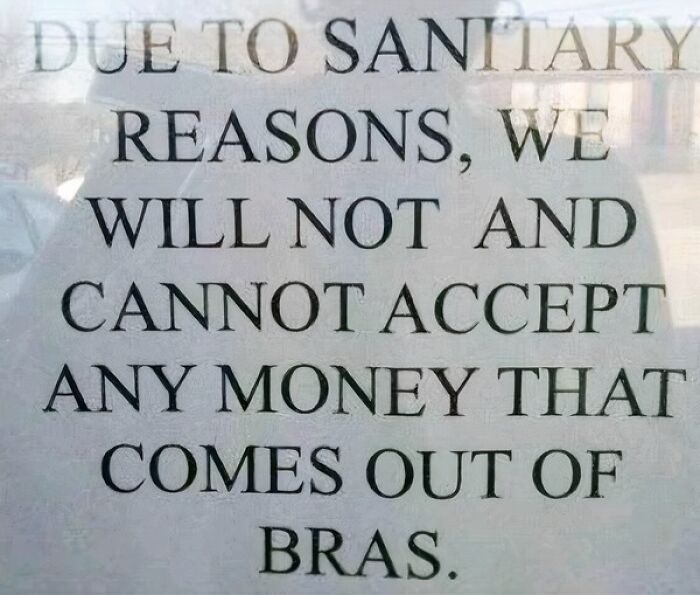
Image credits: HilariousSigns
#39

Image credits: HilariousSigns
#40
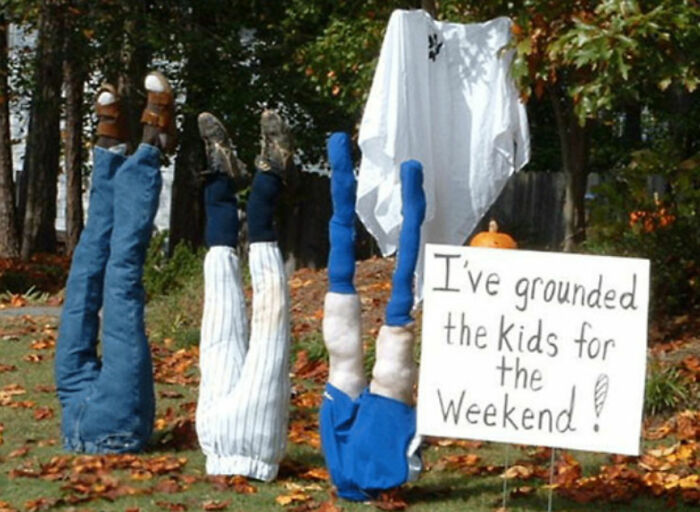
Image credits: HilariousSigns
from Bored Panda https://ift.tt/v7FKBhW




No comments: